World Blood Donor Day: Blood is the lifeline of every animal living on the earth. Today, world is facing deficiency of blood stock and that is causing threat to life. The only way one can see for health care is through Blood transfusion. The increasing need for blood globally requires everyone to contribute by donating blood and motivating others for the cause.
The commitment and support was declared unanimously in 58th World Health Assembly for voluntary donation of blood. As a result a resolution was passed which declared 14 June as World Blood Donor Day and it is committed that this will be observed as an annual event to be held every year. This day not only awakes people of the importance of blood donation and persuading more and more individuals to donate blood regularly but also it takes an opportunity to celebrate and thank all those who voluntarily donate their blood without any reward.
A deliberate donor would be responsible for improving rather saving million lives. Every year World Blood Donor Day is held on a theme. The last few years were celebrated with below mentioned themes:
This year, the slogan on the Worlds Blood Donor’s Day will be “Safe blood for all“.
This special day is supported by World Health Organization (WHO), International Society of Blood Transfusion (ISBT), International Federation of Blood Donor Organizations (FIODS), International Federation of Red Cross, Red Crescent Societies (IFRC).
Employing the youth brigade for combating the deficiency of blood instill safe and healthy lifestyles in them. They should their service as much as possible in any means.
Various activities like cultural and musical performances by local artists, involving thank-you song for blood donors, Traditional dances, holding Motorcycle rally, handball championship, friendly soccer match and marching event, distributing published materials are distributed to donors and future donors, thanking blood donors for their liberal charity to the mankind, holding campaign to encourage blood donations, conducting seminars and lectures on blood donation and related themes and Symposium on Quality in Blood Donation all over world.
About World Blood Donor Day:
Transfusion of blood and blood products save millions of lives every year. Blood and blood products are essential components in the proper management of women suffering from bleeding associated with pregnancy and childbirth; children suffering from severe anemia due to malaria and malnutrition; patients with blood and bone marrow disorders, inherited disorders of hemoglobin and immune deficiency conditions; victims of trauma, emergencies, disasters and accidents; as well as patients undergoing advanced medical and surgical procedures. Although the need for blood and blood products is universal, there is a marked difference in the level of access to safe blood and blood products across and within countries. In many countries, blood services face the additional challenge of making sufficient blood and blood products available, while also ensuring its quality and safety.
In May 2005, during the Fifty-Eighth World Health Assembly, ministers of health from across the world made a unanimous declaration of commitment and support towards voluntary blood donation. Through resolution WHA58.13, they designated World Blood Donor Day as an annual event to be held each year on 14 June. The resolution furthermore urges Member States to implement, and support well organized, nationally-coordinated and sustainable blood programmes with appropriate regulatory oversight. The support requires that governments provide adequate financing for high-quality blood donation services and for the expansion of these services so that sufficient safe blood can be collected to meet the needs of patients. In 2009, experts in transfusion medicine, policy-makers and nongovernmental representatives from 40 countries formulated the Melbourne Declaration, which set up a goal for all countries to obtain all their blood supplies from voluntary unpaid donors by 2020.
World Blood Donor Day History:
It was first initiated and established to be celebrated annually on 14th of June by “the World Health Organization, the International Federation of Red Cross and Red Crescent Societies” in the year 2004. World Blood Donor Day was officially established by the WHO with its 192 Member States in the month of May in 2005 at the 58th World Health Assembly in order to motivate all the countries worldwide to thank the blood donors for their precious step, promote voluntary, safe and unpaid blood donations to ensure the sufficient blood supplies.
World Blood Donor Day celebration brings a precious opportunity to all donors for celebrating it on national and global level as well as to commemorate the birthday anniversary of the Karl Landsteiner (a great scientist who won the Nobel Prize for his great discovery of the ABO blood group system).
How To Celebrate World Blood Donor Day:
World Blood Donor Day is celebrated annually to aware people for the need of safe blood transfusion as well as importance of blood donation throughout the world. The celebration involves organizing lots of activities and programs on international and national level.
Health care organizations like “the World Health Organization, the International Federation of Red Cross and Red Crescent Societies (IFRC), the International Federation of Blood Donor Organizations (IFBDO) and the International Society of Blood Transfusion (ISBT)” work jointly to organize international level programs to promote people globally.
Campaign celebration preparations are carried out by the Council of Europe for many years. The demand of safe blood transfusion is increasing day by day in spite of the blood donation by almost 92 million people every year worldwide. Activities involves organizing commemorative events, meetings, discussion, debates, quiz competitions, publishing relevant stories in newspapers, scientific conferences, publishing articles worldwide, international scientific journals, sports activities and other promotional activities in the public places, schools, colleges, universities and other educational institutions.
Why Celebrate?
World Blood Donor Day is celebrated to fulfill the need of blood transfusion and blood products transfusion to the needed person anywhere in the world. This campaign saves more than millions of lives annually and gives a natural smile on the face of blood receiver. Blood transfusion helps patients suffering from variety of life-threatening health conditions and stimulates them to live longer and quality life. It solves the lots of complex medical and surgical procedures all around the world. This campaign plays a great life-saving role for caring the women during pre and post pregnancy.
The celebration of World Blood Donor Day 2013 was hosted by the France “through its national blood service, the Establishment Français du Sang (EFS)”. France is involved in the promotion act of voluntary and unpaid blood donation since 1950s. The slogan of the year 2013 celebration was “Give the gift of life: donate blood” when it has celebrated its 10th anniversary focusing the value of blood donation to the patient.
Donated blood are used to save lives of severely anemic women, anemic kids, accident victims having excess blood loss, surgical patients, cancerous patients, thalassemia patients, people suffering from the hemophilia, sickle cell anemia, blood disorders, blood clotting disorders and many more.
Places devoid of an adequate blood supply face many life-threatening challenges during the arrangement of sufficient blood for the proper donation. Adequate supply of blood and its products can only be fulfilled by the regular and safe donations by the self motivated, voluntary and unpaid blood donors.
Some of the objectives of the World Blood Donor Day celebration are mentioned below:
- World Health Organization is aimed to obtain the sufficient blood supplies from the voluntary and unpaid blood donors all over the world by 2021.
- According to the statistics, it has been noted that only 62 countries are getting sufficient blood supplies from the voluntary and unpaid blood donors whereas 40 countries are still dependent for the blood donations on the patient’s family member or paid donors. It is celebrated to motivate voluntary blood donors in rest of the countries worldwide.
- To make the blood donation act a precious gift to the receivers and get new life.
- WHO run this campaign by organizing many activities in all countries highlighting people’s stories who need immediate blood donation to continue their heart beat.
- It is celebrated to say lots of thank to the voluntary and unpaid blood donors all around the world for saving millions of lives.
- It is celebrated to fulfill the 100% voluntary and unpaid blood donation need worldwide.
- It is celebrated to motivate blood donors for safe blood donation for saving the life of mothers and babies (country’s future).
- It is celebrated to reduce the death rates (mortality rate) because of insufficient blood supply. Approximately 800 women are dying off due to malnourished pregnancy, childbirth-related complications, severe bleeding during or after delivery and etc.
- To motivate voluntary blood donors through educational programmes and campaigns in order to strengthen the blood transfusion services.
Focus of this year’s campaign
The theme of this year’s campaign is blood donation and universal access to safe blood transfusion, as a component of achieving universal health coverage. We have developed the slogan “Safe blood for all” to raise awareness of the universal need for safe blood in the delivery of health care and the crucial roles that voluntary donations play in achieving the goal of universal health coverage. The theme strongly encourages more people all over the world to become blood donors and donate blood regularly – actions which are key to building a strong foundation of sustainable national blood supplies that are sufficient to meeting the needs of all patients requiring transfusion.
The day and the theme is also a call to action to all governments, national health authorities and national blood services to provide adequate resources and put in place systems and infrastructures to increase collection of blood from voluntary, regular unpaid blood donors; to provide quality donor care; to promote and implement appropriate clinical use of blood, and to set up systems for the oversight and surveillance on the whole chain of blood transfusion.
The objectives of this year’s campaign are:
- to celebrate and thank individuals who donate blood and to encourage those who have not yet donated blood to start donating;
- to highlight the need for committed, year-round blood donation, to maintain adequate supplies and achieve universal and timely access to safe blood transfusion;
- to focus attention on donor health and the quality of donor care as critical factors in building donor commitment and a willingness to donate regularly;
- to demonstrate the need for universal access to safe blood transfusion and provide advocacy on its role in the provision of effective health care and in achieving the goal of universal health coverage;
- to mobilize support at national, regional and global levels among governments and development partners to invest in, strengthen and sustain national blood programmes.
Key Messages: World Blood Donor Day
- The world needs enough safe blood for everyone in need.
- Every few seconds, someone, somewhere, needs blood.
- Transfusions of blood and blood products save millions of lives every year.
- Health is a human right; everyone in the world should have access to safe blood transfusions, when and where they need them.
- Regular blood donations are needed all over the world to ensure individuals and communities have access to safe and quality-assured blood and blood products.
- Everyone who can donate blood should consider making regular voluntary, unpaid donations, so that all countries have adequate blood supplies.
- Ensuring the safety and well-being of blood donors is critical; it helps build commitment to regular donations.
- Access to safe blood and blood product is essential for universal health coverage and a key component of effective health systems.
- Blood and blood products are essential to care for:
- women with pregnancy and childbirth associated bleeding;
- children with severe anemia due to malaria and malnutrition;
- patients with blood and bone marrow disorders, inherited disorders of hemoglobin and immune deficiency conditions;
- people with traumatic injuries in emergencies, disasters and accidents; and
- patients undergoing advanced medical and surgical procedures.
- The need for blood and blood products is universal, but access to safe blood and blood products varies greatly across and within countries.
- In many countries, it is challenging for blood services to make sufficient blood and blood products available, while also ensuring its quality and safety.
- Governments, national health authorities and national blood services must work together to:
- ensure systems and infrastructure are in place to increase collection of blood from voluntary, regular unpaid donors;
- establish and strengthen quality assurance systems for blood and blood products to ensure safe blood and blood products;
- provide quality donor care;
- promote and implement appropriate clinical use of blood; and
- oversee the whole chain of blood transfusion.
What You Can Do:
Everyone
- Become a blood donor today and help save lives.
- Commit to being a regular donor and give blood throughout the year.
- Encourage your friends and family to become regular blood donors.
- Volunteer with the blood service to reach out to members of your community, provide care to donors, and help manage blood donation sessions / drives.
- Find out your blood type and register as a blood donor.
- Participate in local World Blood Donor Day events.
Ministries of Health
- Organize and participate in activities to celebrate World Blood Donor Day, promoting voluntary unpaid blood donation to the public, across government and to other sectors.
- Acknowledge the important role of blood donors in achieving the goal of “safe blood for all” and universal health coverage.
- Provide resources and infrastructure to facilitate voluntary blood donation.
- Support the development of nationally coordinated blood transfusion services that provide equitable access to safe and quality assured blood transfusions for the whole population.
- Put quality assurance systems in place for blood and blood products.
- Download and distribute WHO’s World Blood Donor Day materials to health centers.
- Speak to media about the importance of blood donation and the successes and challenges of your country in meeting national needs for blood.
National blood transfusion services
- Disseminate information about the importance of giving blood.
- Print out and distribute posters that you can download from the World Blood Donor Day campaign web site.
- Organize a World Blood Donor Day celebration. This could include:
- Inviting prominent politicians, celebrities and sporting heroes to participate;
- Producing, displaying and disseminating promotional materials such as t-shirts, caps and stickers.
- holding open days at blood centers and inviting the public to learn about blood donation and transfusion; and
- organizing blood drives, highlighting the need for year-round donation to maintain adequate blood supplies and achieve universal and timely access to safe blood transfusion.
- Improve the infrastructure for blood donation and blood donor care.
- Focus attention on donor health and care and provide quality service to blood donors.
Who Can Give Blood?
Most people can give blood if they are in good health. There are some basic requirements one need to fulfill in order to become a blood donor. Below are some basic eligibility guidelines:
Age
You are aged between 18 and 65.
- In some countries national legislation permits 16–17 year-old to donate provided that they fulfill the physical and hematological criteria required and that appropriate consent is obtained.
- In some countries, regular donors over the age of 65 may be accepted at the discretion of the responsible physician. The upper age limit in some countries are 60.
Weight
You weigh at least 50 kg.
- In some countries, donors of whole blood donations should weigh at least 45 kg to donate 350 ml ± 10%.
Health
You must be in good health at the time you donate.
You cannot donate if you have a cold, flu, sore throat, cold sore, stomach bug or any other infection.
If you have recently had a tattoo or body piercing you cannot donate for 6 months from the date of the procedure. If the body piercing was performed by a registered health professional and any inflammation has settled completely, you can donate blood after 12 hours.
If you have visited the dentist for a minor procedure you must wait 24 hours before donating; for major work wait a month.
You must not donate blood If you do not meet the minimum hemoglobin level for blood donation:
- A test will be administered at the donation site. In many countries, a hemoglobin level of not less than 12.0 g/dl for females and not less than 13.0 g/dl for males as the threshold.
Travel: World Blood Donor Day
Travel to areas where mosquito-borne infections are endemic, e.g. malaria, dengue and Zika virus infections, may result in a temporary deferral.
Many countries also implemented the policy to defer blood donors with a history of travel or residence for defined cumulative exposure periods in specified countries or areas, as a measure to reduce the risk of transmitting variant Creutzfeldt-Jakob Disease (vCJD) by blood transfusion.
Behaviors
You must not give blood:
- If you engaged in “at risk” sexual activity in the past 12 months
- Individuals with behaviors below will be deferred permanently:
- Have ever had a positive test for HIV (AIDS virus)
- Have ever injected recreational drugs.
In the national blood donor selection guidelines, there are more behavior eligibility criteria. Criteria could be different in different countries.
Pregnancy and breastfeeding
Following pregnancy, the deferral period should last as many months as the duration of the pregnancy.
It is not advisable to donate blood while breast-feeding. Following childbirth, the deferral period is at least 9 months (as for pregnancy) and until 3 months after your baby is significantly weaned (i.e. getting most of his / her nutrition from solids or bottle feeding).
More information on eligibility to donate
National eligibility guidelines must be followed when people donate blood in the blood service in specific countries. To find out whether any health conditions, medications, professions or travel history to could affect your ability to give blood, please search for detailed information in the national / local blood services.
World Blood Donor Day Facebook Covers:
World Blood Donor Day Theme:
World Blood Donor Day is used to make every people to Donate their Blood for the saving the life of many of the people to survive in the World. It is celebrated to encourage lot of people to give their own Blood as to saver lots of people who are suffering due to the low Blood problem. So Indian Government has made many of the Blood Donation Camps to make the people to cultivate a better attitude in them to give lot of Blood to the needy people. So the Theme for the World Blood Donor Day are as follows:
- 2024: 20 years of celebrating giving: thank you blood donors!
- 2023: Give blood, give plasma, share life, share often
- 2022: Donating blood is an act of solidarity. Join the effort and save lives
- 2021: Give blood and keep the world beating
- 2020: Safe blood saves lives
- 2019: Safe Blood For All
- 2018: Blood Connects us All
- 2017: Give blood. Give now. Give often
- 2016: Blood connects us all
- 2015: Thank you for saving my life
- 2014: Safe blood for saving mothers
- 2013: Give the gift of life: Donate blood
- 2012: Every blood donor is a hero
- 2011: More blood, more life
- 2010: New Blood for the World
- 2009: achieving 100 per cent non-remunerated donation of blood and blood components
- 2008: Giving blood regularly
- 2007: Safe Blood for Safe Motherhood
- 2006: Commitment to Ensure Universal Access to Safe Blood
- 2005: Celebrating your gift of blood
- 2004: Blood Saves Lives. Safe Blood Starts With Me
Greeting Cards:
- Blood Donation Quotes in English
- Blood Donation Slogans
- विश्व रक्तदान दिवस पर नारे
- रक्तदान व अंगदान पर कुछ नारे
- रक्तदान – अंगदान पर अनमोल वचन
- National Voluntary Blood Donation Day: India
- Motivational Hindi Poem on Blood Donation रक्तदान है महादान
- Donate Blood – Inspirational English poem on Blood Donation
 Kids Portal For Parents India Kids Network
Kids Portal For Parents India Kids Network
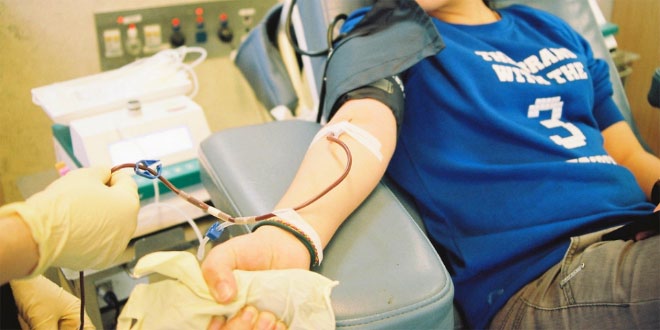

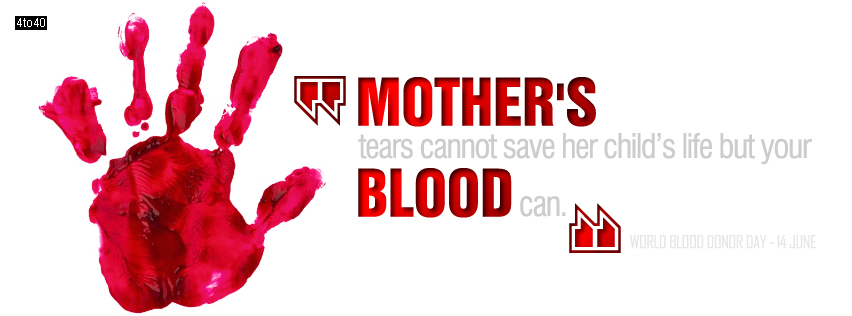
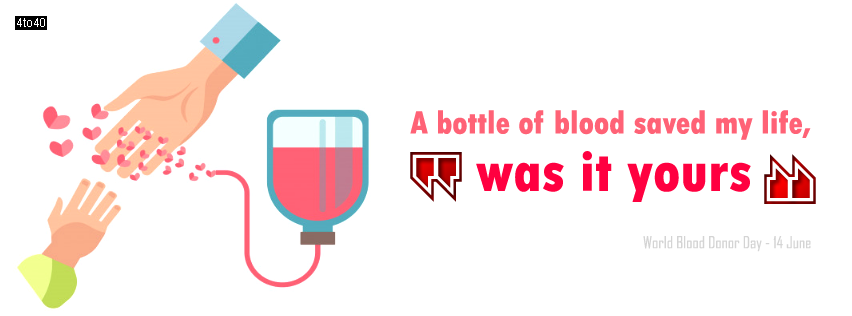
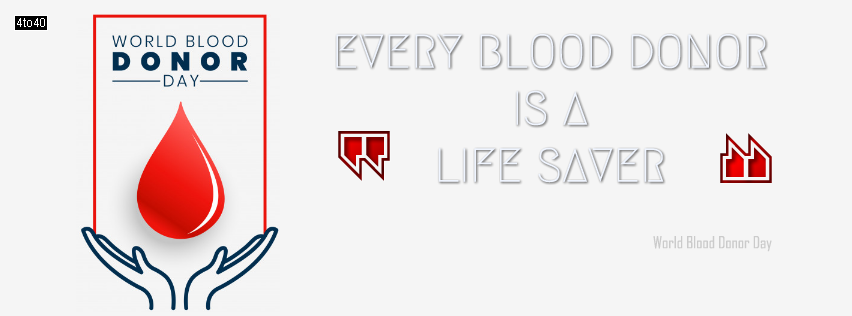
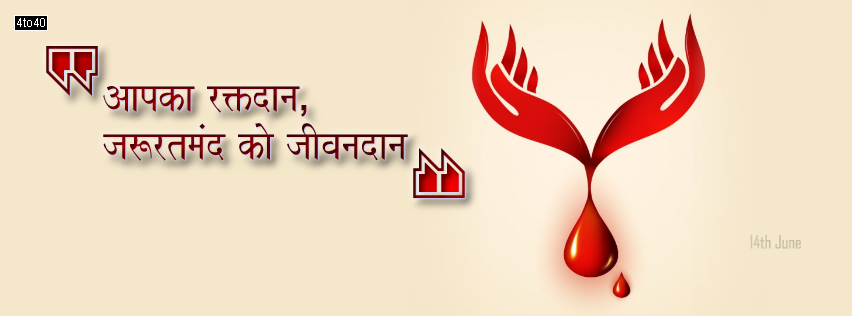
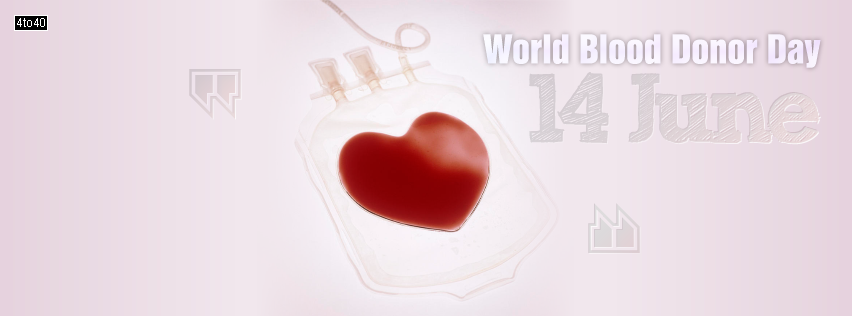
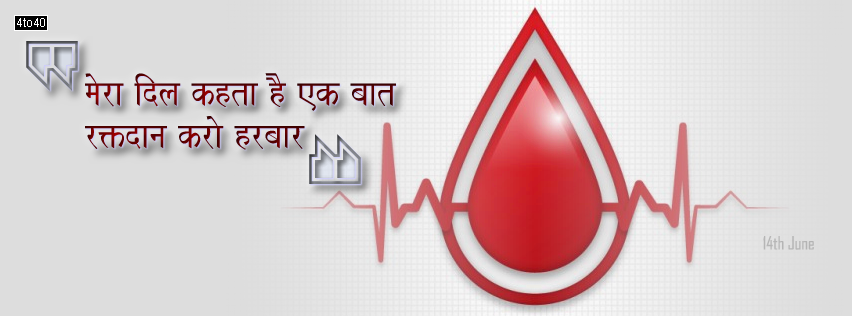
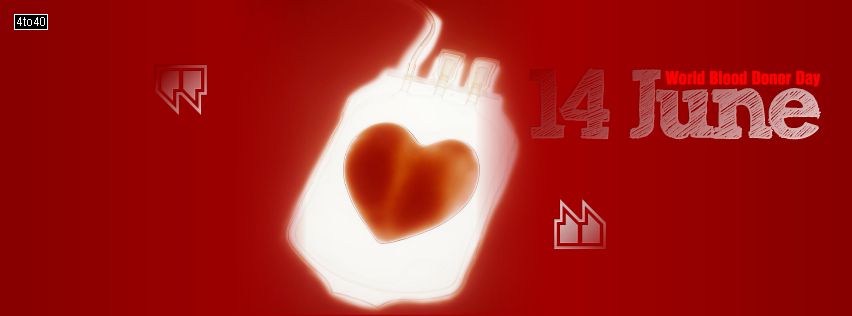
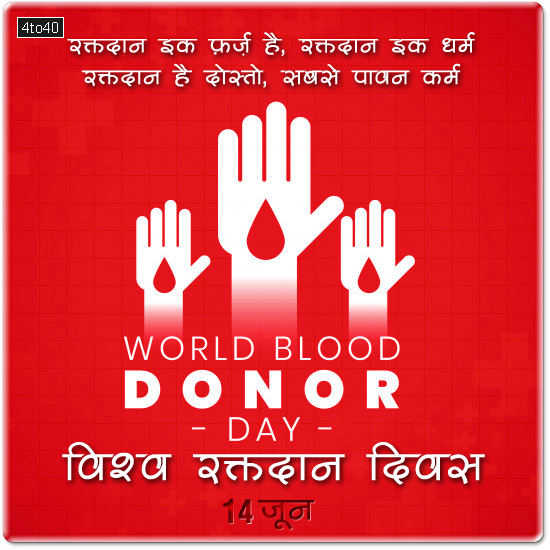
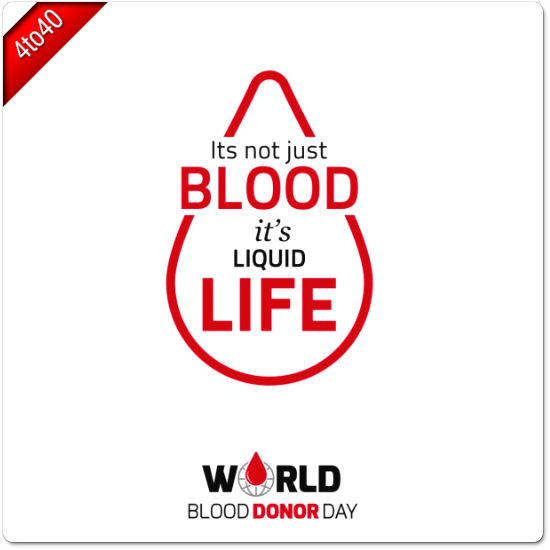
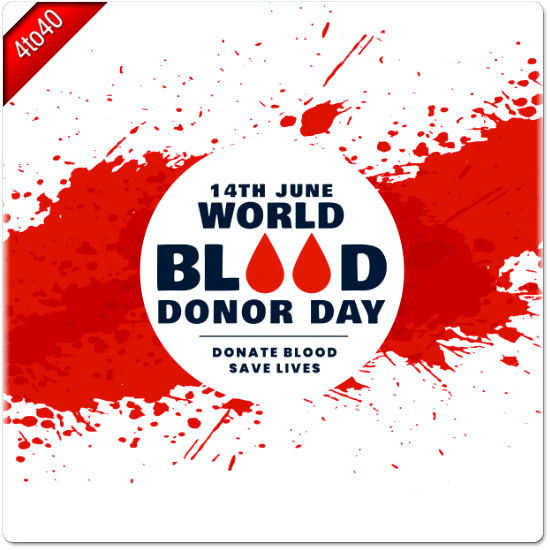
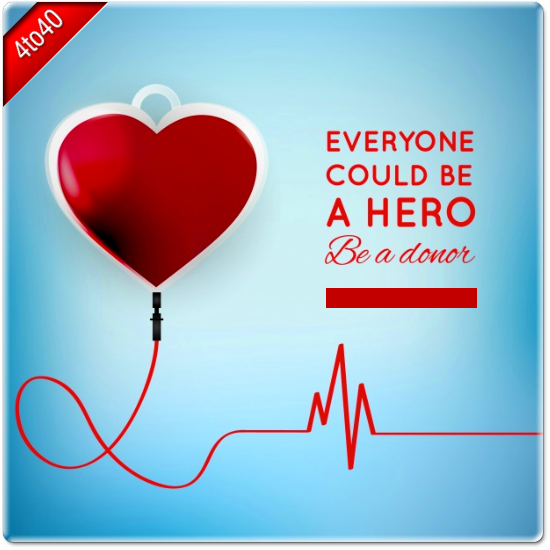
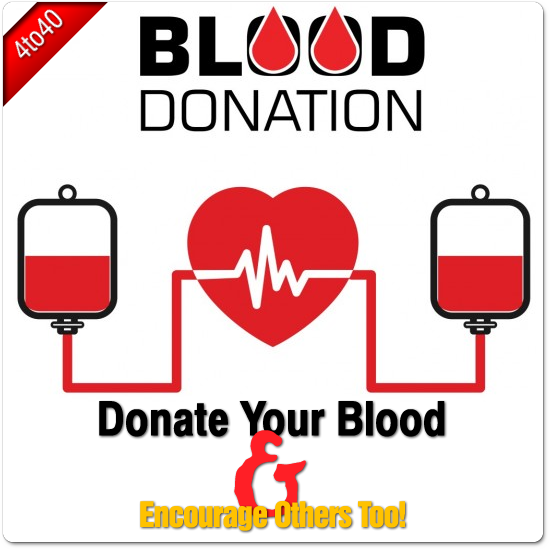
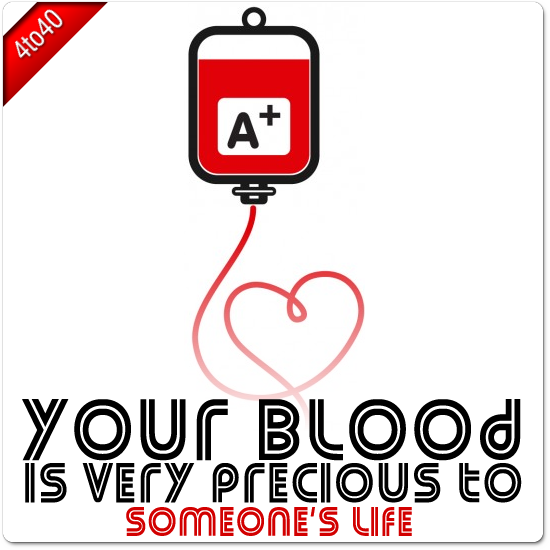
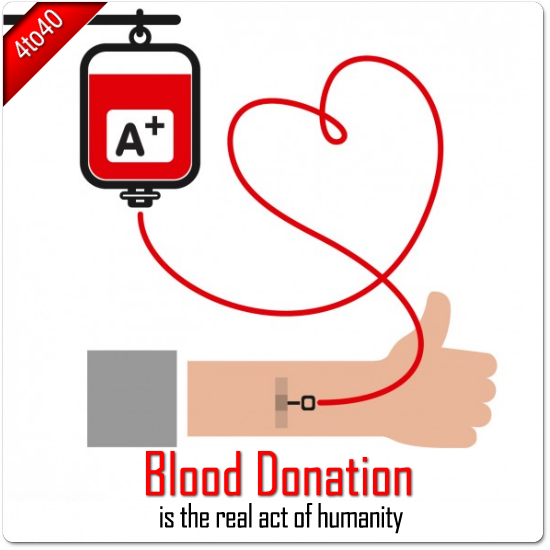
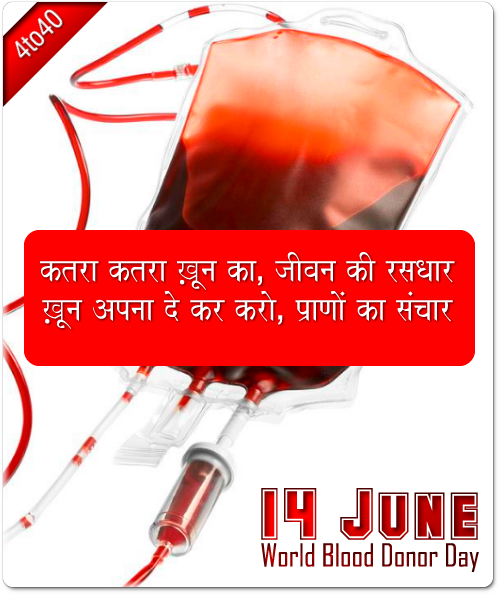







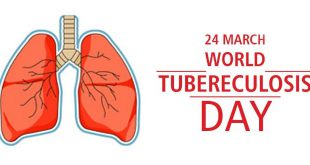
4 comments
Pingback: Blood Donation Quotes in English - Kids Portal For Parents
Pingback: Blood Donation Slogans For Students - Kids Portal For Parents
Pingback: विश्व रक्तदान दिवस पर नारे विद्यार्थियों के लिए - Kids Portal For Parents
Pingback: रक्तदान व अंगदान पर कुछ नारे विद्यार्थियों के लिए - Kids Portal For Parents